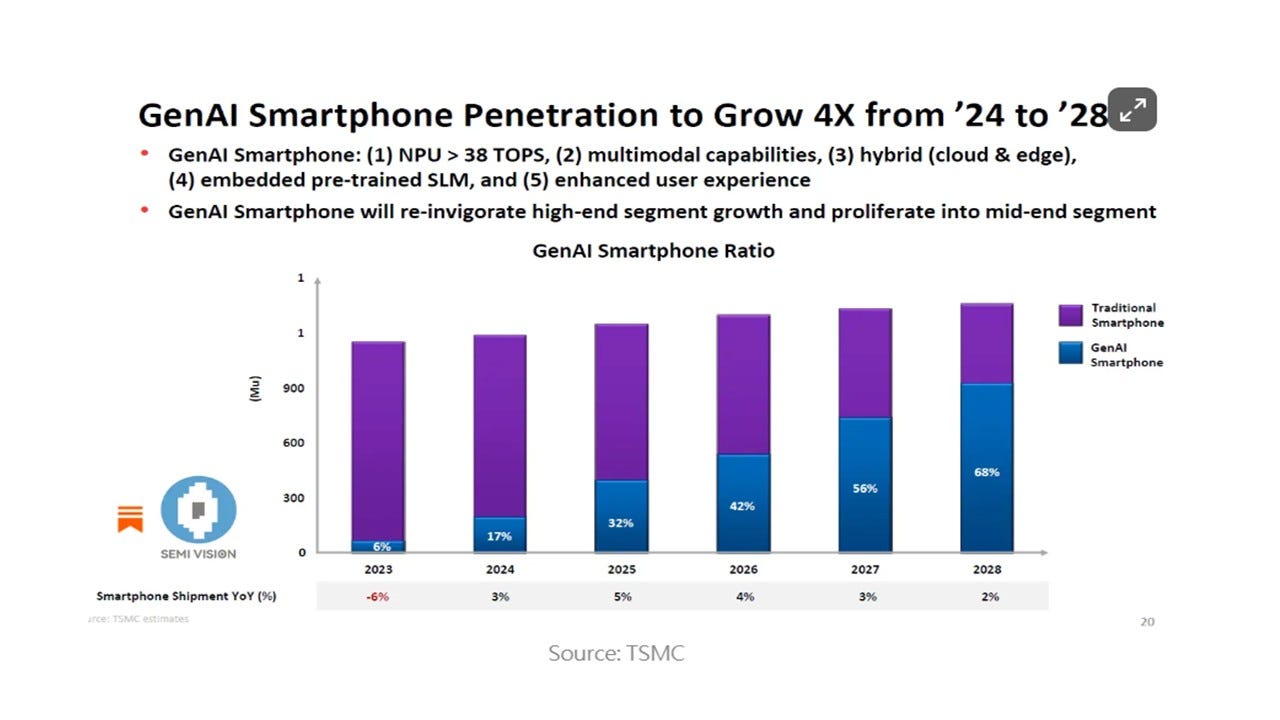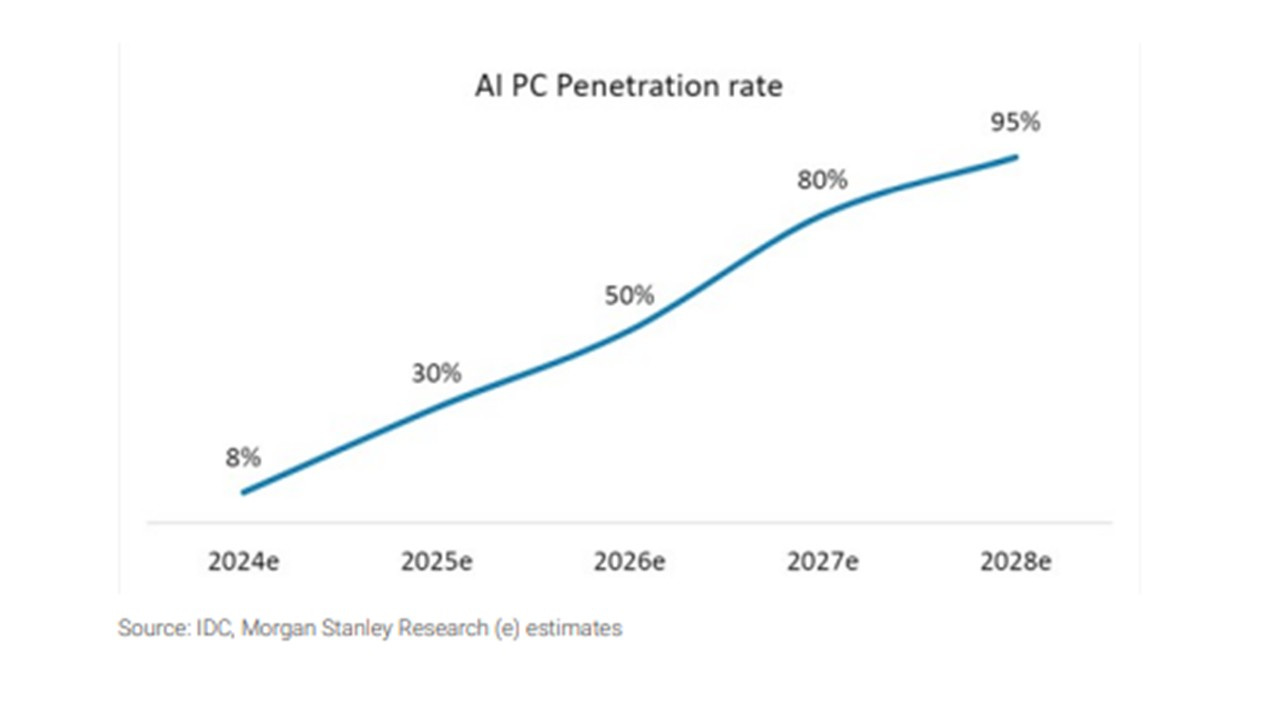With the theme "Connect, Solve, Discover, DIVE IN," CES 2025 (to be held between Jan 7 to 10 in Las Vegas) is poised to be a pivotal event. While AI remains central, the intense focus on semiconductors for AI PCs and smartphones marks a significant departure for a consumer electronics show. This year's event mirrors Computex 2024, bringing together all major semiconductor IDMs.
For the first time, NVIDIA CEO Jensen Huang will kick off CES 2025 (January 6), generating significant anticipation for announcements surrounding AI chips, GeForce RTX 50 series GPUs, and humanoid robotics. Analysts believe Huang's keynote will clarify NVIDIA's product strategy and its impact on AI PC and gaming graphics, noting the current RTX 4090 shortage and the ramping up of the Blackwell-based RTX 5090.
AMD, too, will be present, with senior vice president Jack Huynh and other executives highlighting their expanded leadership in PCs, gaming, high-performance computing, and AI. The industry eagerly awaits announcements from NVIDIA, AMD, Qualcomm, and Intel, including Intel's anticipated $249 Arc B580 launch and rumored next-gen Radeon GPUs from AMD.
Morgan Stanley previously predicted NVIDIA's WoA AI PC chip launch, possibly at CES, leveraging TSMC's 3nm process and Amkor's CoWoS-R packaging, potentially becoming the first AI PC chip manufactured and packaged in Arizona. However, given Qualcomm's 2024 WoA setbacks due to software compatibility issues, a Computex launch might be more strategic for Nvidia. A potential NVIDIA AI PC chip combining NVIDIA graphics and a MediaTek Arm-based CPU could follow Qualcomm's X Elite.
The x86 architecture faces increasing competition from Arm-based Chrome/Linux systems, Nvidia+MediaTek collaborations, Qualcomm, and Apple Silicon. AMD appears poised to gain further market share from Intel.
The launches of AI smartphone and PC semiconductors offer insights into future sector growth. Semi Vision, a research startup established by Taiwan-based engineers, projects a four-fold increase in genAI smartphone penetration by 2028 (to 68%), while Morgan Stanley anticipates a 95% AI PC penetration rate by 2028. After a period of market correction, 2025 could mark the takeoff for AI PCs and smartphones.
CES 2025 also highlights AI applications in robotics and autonomous driving, digital twins in smart medicine, and quantum and new energy technologies. CTA chair Kinsey Fabrizio emphasizes the showcased generative AI applications extending into diverse fields like medicine, sports, manufacturing, and fintech. He concludes that "2025 will see a lot more possibilities, and it's not just about 'imagining,' it's about actually thinking about what we can do with generative AI."
This year's CES, with its unprecedented focus on the semiconductor foundation of AI, signifies a pivotal moment. The convergence of innovation across AI, graphics processing, and mobile technology promises to accelerate the development and adoption of AI-powered devices. The announcements at CES 2025 will shape the technological landscape and redefine how we connect, solve problems, and discover new possibilities. The stage is set; the future is being built, and the opportunity to Dive In is undeniable.





